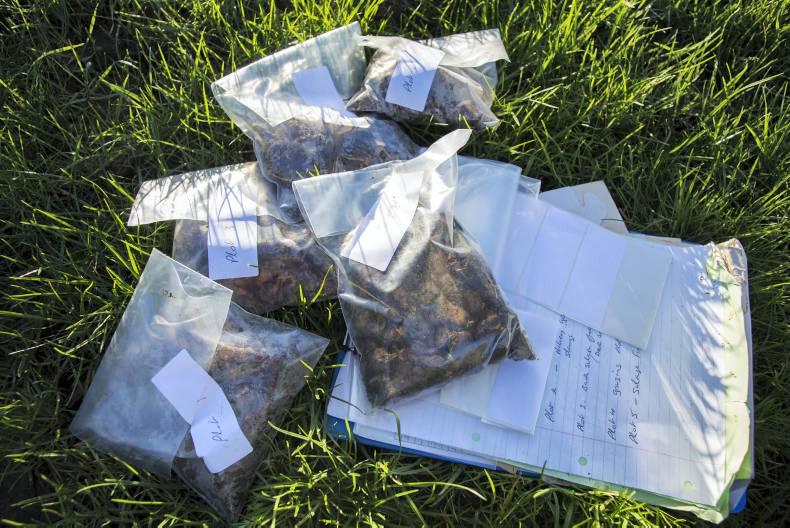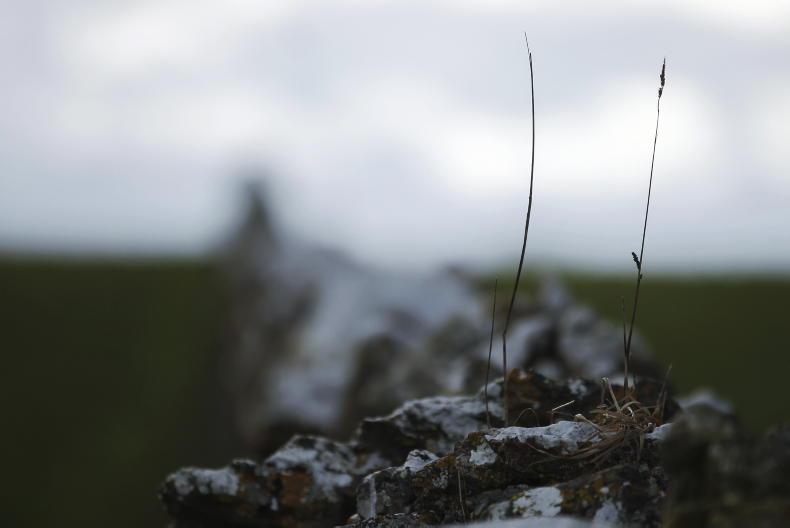Overall soil test results for 2015 show that about 90% of samples have sub-optimal fertility status (soil pH < 6.3, P and K index 1 or 2), according to Teagasc.
Mark Plunkett, Teagasc soil and plant nutrition specialist, said: “This is a serious limitation to the production potential of our soils and limits our ability to maximise our most competitive advantage in the market place, which is our ability to grow high yields of quality grass.”
Currently 64% of grassland soils and 45% of tillage soils have below the optimum soil pH. Optimum soil pH is 6.3 for grassland and 6.5 for tillage.
“Nationally, we are applying less than half the quantity of lime that was applied in the 1970s and early 1980s,” said Dr David Wall, leader of the Teagasc soil fertility research programme at Johnstown Castle. “Applying lime to correct soil pH is the cornerstone for maintaining the productivity of our soils, something that has been largely overlooked in recent decades. Identifying fields that require lime for pH adjustment should be the first step towards correcting soil fertility.”
Soil test data also shows a continuous decline in soil P levels over the last decade and approximately 50% of grassland and tillage soils have low K fertility levels (54% and 47% respectively). However, soil K trends have shown a stabilisation or gradual improvement over the last five years.
Prices for soil sampling are in the region of €10 to €15 per sample. FBA in Waterford charges €12.50 (including VAT) per sample and not €12.50 (plus VAT) as written last week. FBA also analyses all samples within one week, not three weeks. The Irish Farmers Journal is happy to clarify this.










SHARING OPTIONS